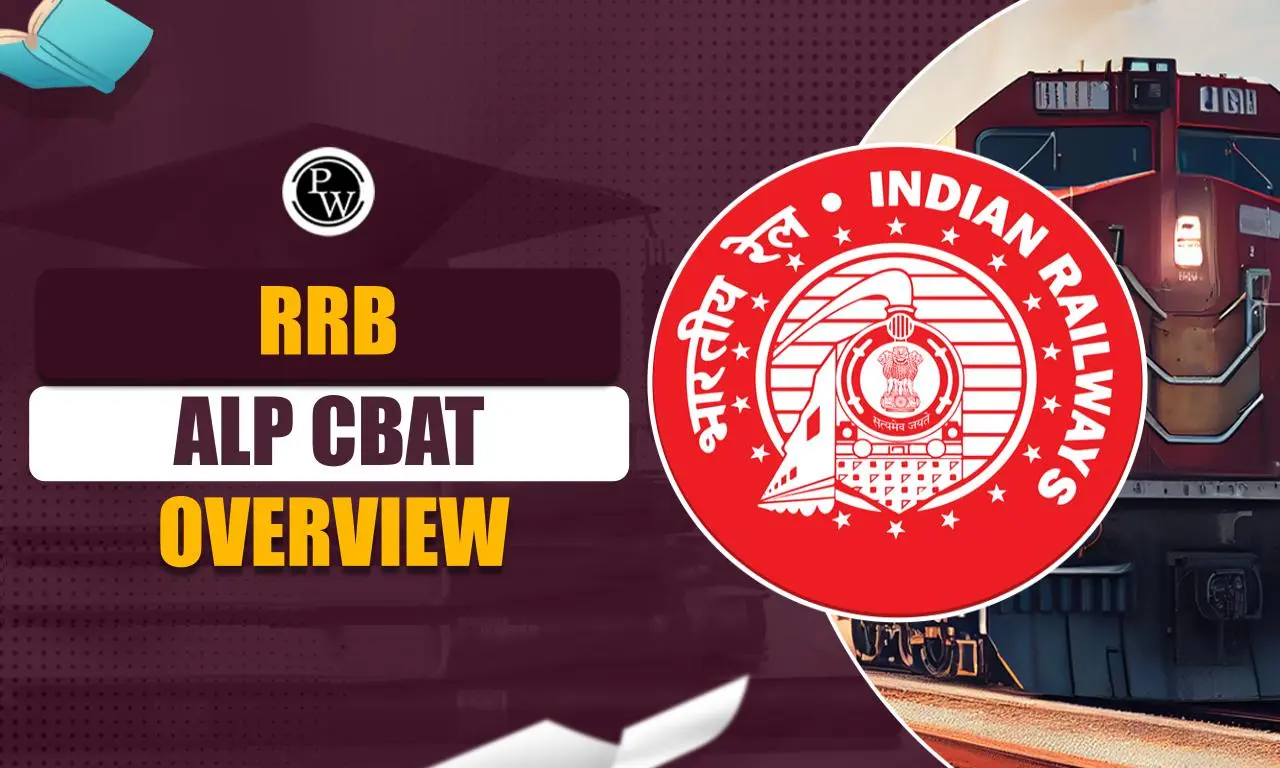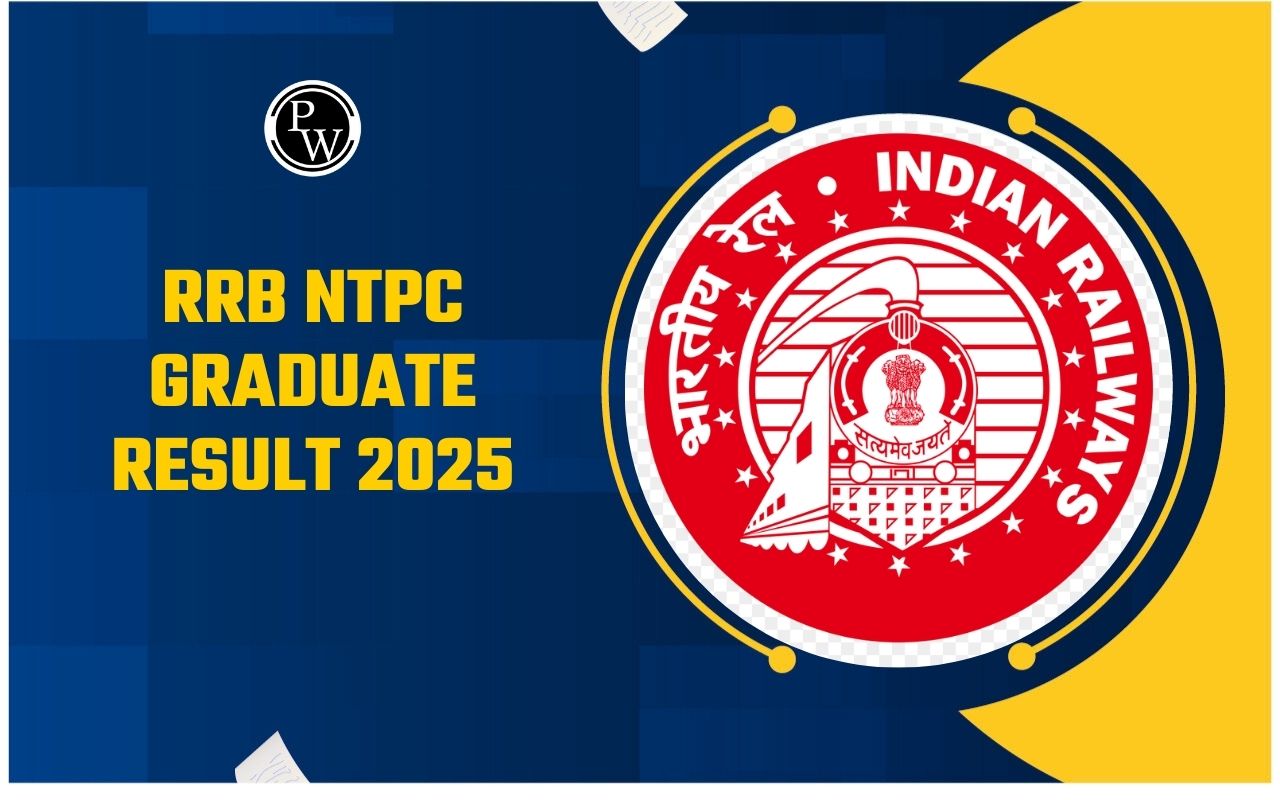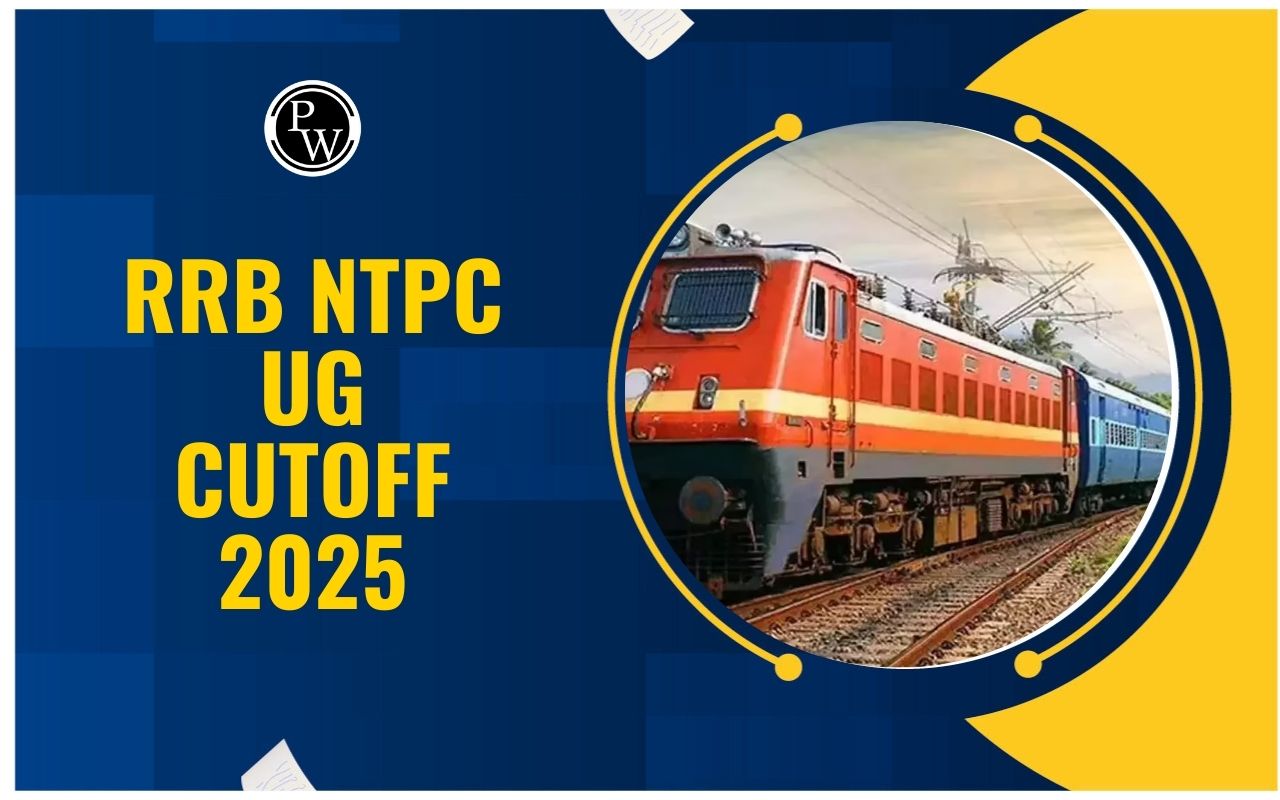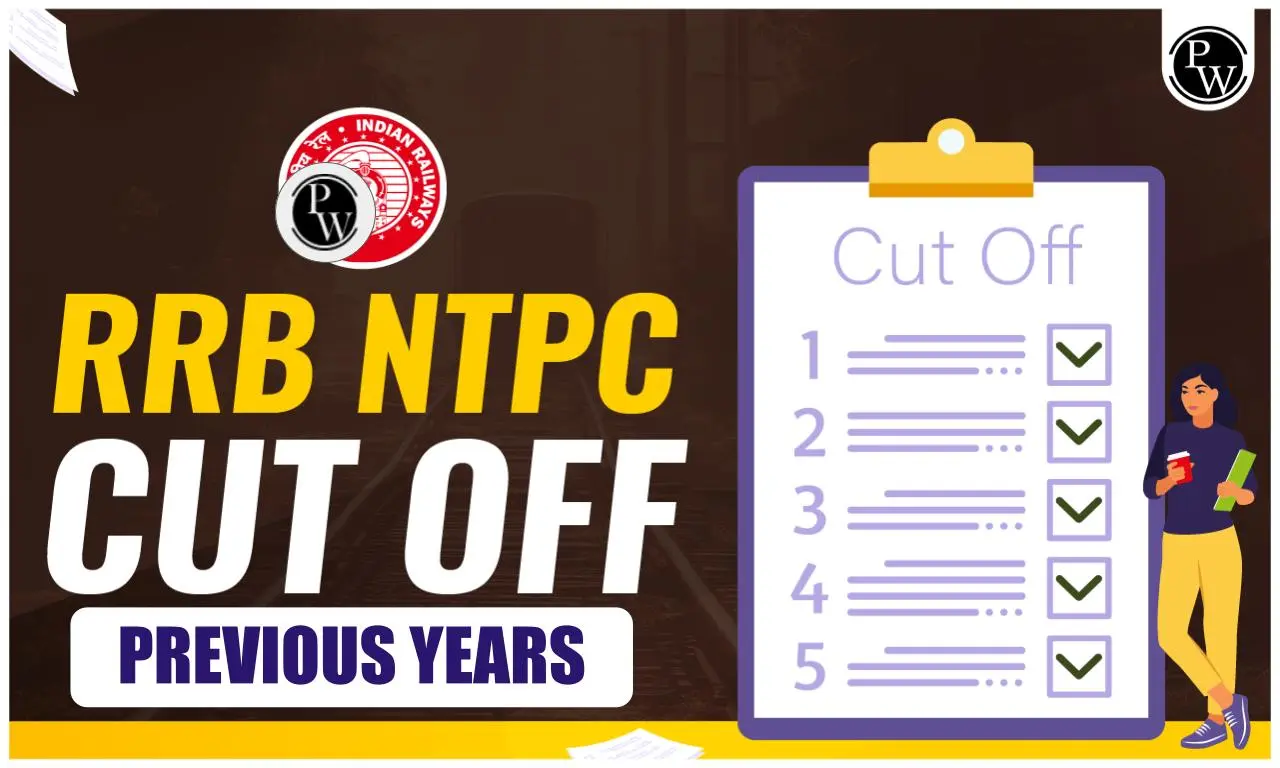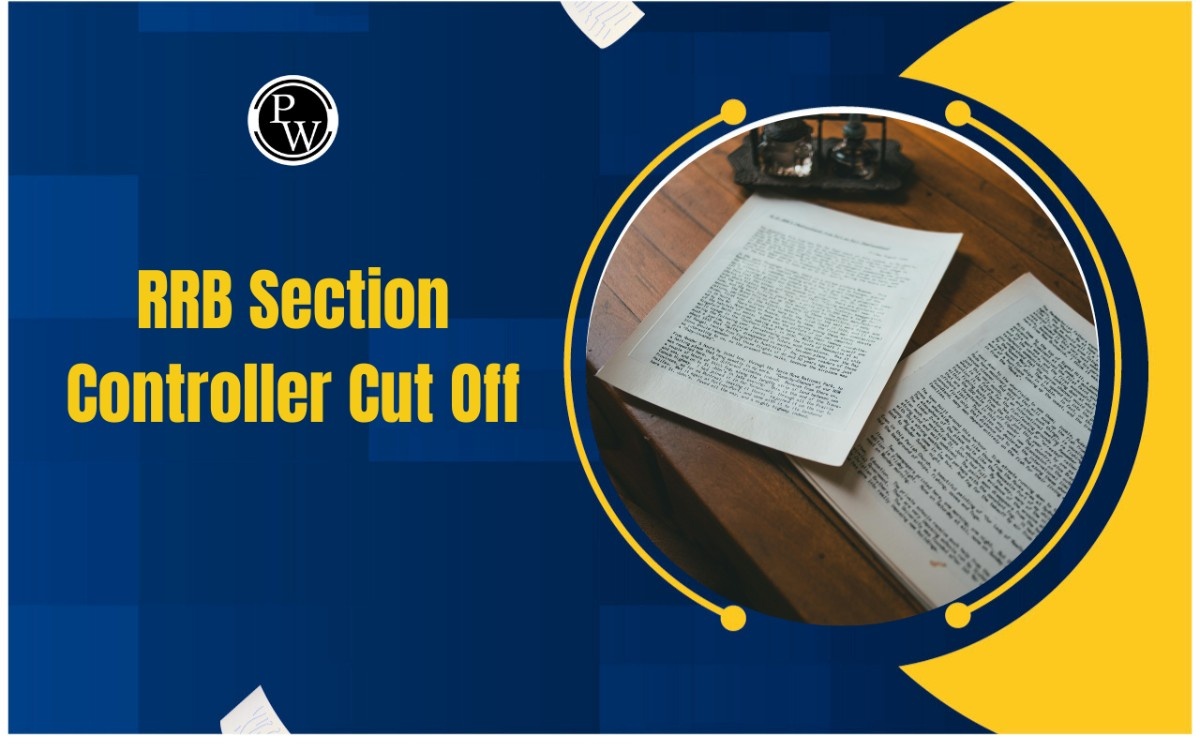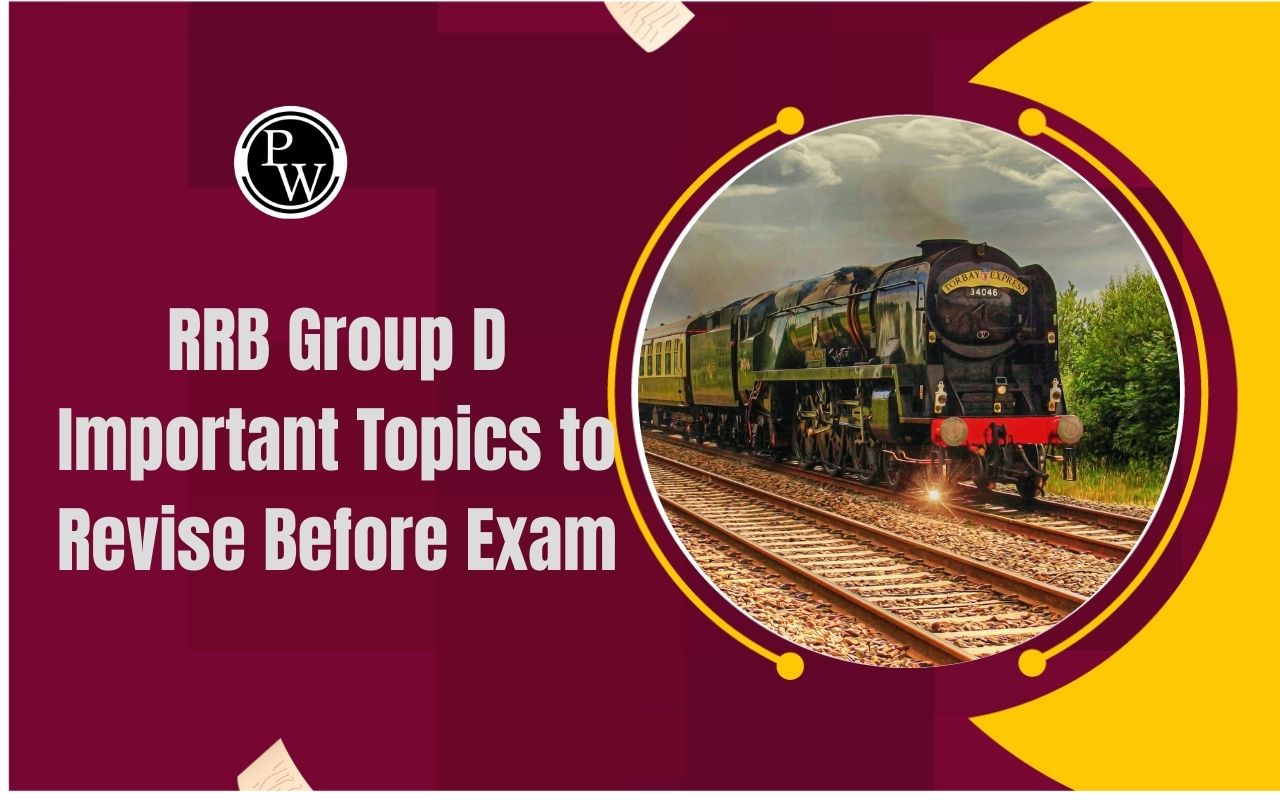
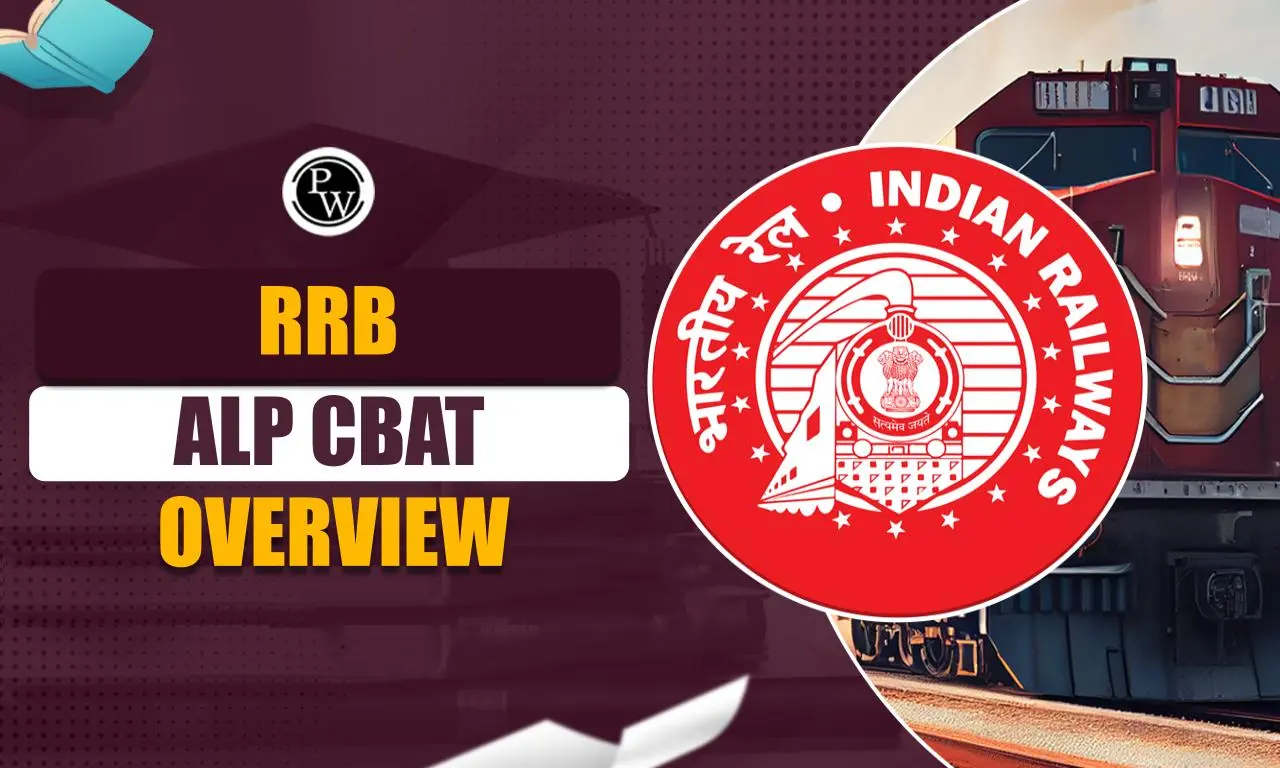
RRB ALP CBAT: RRB conducts the RRB Assistant Loco Pilot (ALP) recruitment process to select qualified candidates for the position of Assistant Loco Pilot in the Indian Railways. A crucial component of this selection process is the Computer-Based Aptitude Test (CBAT), designed to assess candidates' cognitive and psychomotor abilities essential for the role. Check a comprehensive overview of the RRB ALP CBAT, including its significance, structure, preparation strategies, and more.
RRB ALP CBAT
The CBAT is the third stage in the RRB ALP selection process, following the first stage Computer-Based Test (CBT 1) and the second stage Computer-Based Test (CBT 2). While CBT 1 and CBT 2 primarily evaluate candidates' knowledge in areas like Mathematics, General Intelligence, Reasoning, and General Science, the CBAT focuses on assessing specific aptitudes critical for the Assistant Loco Pilot role.
RRB ALP CBAT Structure
The CBAT comprises multiple test batteries, each targeting a distinct aptitude area. Candidates must qualify in each of these batteries to be considered for the subsequent stages. The key areas assessed include:
- Memory Test: Evaluates the candidate's ability to recall information accurately.
- Following Directions Test: Assesses the candidate's capacity to understand and execute given instructions.
- Depth Perception Test: Measures the ability to judge distances and spatial relationships.
- Concentration Test: Tests the candidate's focus and attention to detail over extended periods.
- Perceptual Speed Test: Evaluates how quickly and accurately a candidate can compare or process visual information.
Each test battery is time-bound, and performance is measured based on accuracy and speed. Importantly, there is no negative marking in the CBAT, allowing candidates to attempt all questions without the fear of penalty for incorrect answers.
RRB ALP Psycho Test Details
RRB ALP Psychometric Test is a crucial stage in the selection process, assessing candidates on cognitive and perceptual abilities. It consists of five different tests: Memory Test, Following Directions Test, Depth Perception Test, Concentration Test, and Perceptual Speed Test. Candidates must secure a minimum of 42 marks in each test to qualify for the Document Verification round. Notably, there is no negative marking in this exam.
Memory Test
In this test, candidates will be shown a map containing buildings and other structures. They will have a limited time to study and memorize their locations. Afterward, they will be asked to recall and indicate the locations of these buildings on a test page. Another variation of this test includes:
- Candidates will be shown picture-number combinations for a brief period.
- After some time, the images will be presented in a different order, and candidates must recall the correct number associated with each picture.
Following Directions Test
Candidates will be shown a pattern of letters and must analyze it carefully. They will be asked questions about directional changes in the pattern. The correct answer to each question will be one of the letters in the pattern, and candidates must identify it.
Depth Perception Test
Candidates will see a stack of bricks, with some bricks labeled as A, B, C, etc. The task is to count how many bricks are touching a particular labeled brick in the stack. All bricks will be of uniform size and shape, requiring careful observation to determine the correct answer.
Concentration Test
This test evaluates how quickly and accurately candidates can compare two numbers. If the two numbers are identical, candidates must mark ‘Y’ on the answer sheet. If the numbers are different, they should mark ‘N’. Candidates must avoid making any extra marks on the booklet and complete the test with speed and precision.
Perceptual Speed Test
This test measures how quickly and accurately candidates can identify and match objects. It assesses the ability to recognize differences and similarities between objects within a short time frame.
RRB ALP CBAT Eligibility
To be eligible for the CBAT, candidates must secure the minimum qualifying marks in the CBT 2. The qualifying marks are determined by the RRB and may vary based on category and regional requirements. Only those who meet these criteria are shortlisted for the CBAT stage.
RRB ALP CBAT Scoring Criteria
RRB ALP CBAT Scoring Criteria is based on performance in individual test batteries, with each battery requiring a minimum T-score of 42 to qualify. There is no negative marking, and candidates must clear each section separately. Only those who qualify all test batteries are considered for the final merit list, which is prepared using 70% weightage from Part-A of CBT-2 and 30% from CBAT scores. CBAT is available only in English and Hindi. Candidates must also submit a valid Vision Certificate (Annexure VIA) during CBAT, without which they won’t be allowed to appear for the test.
Preparation Strategies for RRB ALP CBAT
CBAT requires focused preparation specific to the aptitudes being tested. Here are some strategies to help candidates excel:
- Familiarize Yourself with the Test Format: Understanding the structure and types of questions in each test battery is crucial. Reviewing sample questions and practicing with mock tests can provide valuable insights.
- Develop Specific Skills: Each test battery assesses a particular skill set. For instance, memory tests require techniques to enhance recall, while concentration tests demand sustained focus. Engaging in targeted exercises can help strengthen these areas.
- Practice Under Timed Conditions: Since each test is time-bound, practicing within set time limits can improve speed and accuracy. This also helps in managing time effectively during the actual exam.
- Utilize Official Resources: The RRB often provides sample questions or practice tests. Utilizing these resources ensures that preparation aligns with the official test standards.
- Maintain Physical and Mental Well-being: Regular exercise, a balanced diet, and adequate rest are essential to keep the mind sharp and focused. Incorporating relaxation techniques, such as meditation or deep-breathing exercises, can also help manage stress.
RRB ALP CBAT Important Points
Candidates who will qualify for CBT 2 will appear for the CBAT. Candidates are advised to regularly check the official RRB website for updates.
-
Shortlisting for CBAT: Candidates up to 8 times the number of ALP vacancies (per category: UR, OBC-NCL, SC, ST, EWS, including ExSM) will be shortlisted for CBAT based on marks in Part-A of CBT-2, provided they qualify Part-B of CBT-2 and have applied for the same RRB.
-
Tie in Cut-off Marks: If multiple candidates score the same cut-off marks, all such candidates will be shortlisted for the CBAT.
-
Vision Certificate Requirement: Shortlisted candidates must bring their original Vision Certificate (Annexure VIA) to the CBAT center. Without this, entry to CBAT will not be allowed.
-
Test Structure: CBAT will be conducted only in English and Hindi. There will be no negative marking.
-
Sectional Qualification: It is mandatory to qualify each test battery (section) in CBAT separately.
-
Minimum Qualifying Marks: All candidates, regardless of category, must score a minimum T-score of 42 marks in each test battery of CBAT to be considered qualified.
-
CBAT Information Resource: Detailed information and sample materials for CBAT are available on the RDSO websites:
-
rdso.indianrailways.gov.in → Verticals → Traffic and Psychology → Psychology – Candidate’s Corner
-
-
Final Merit Calculation: The final merit list will include only those candidates who qualify CBAT, and will be based on:
-
70% weightage to Part-A marks of CBT-2
-
30% weightage to CBAT scores
-
RRB ALP CBAT is an important stage in the selection process, designed to assess the essential aptitudes required for the Assistant Loco Pilot role. PW provides Railway exam content, including Railway Exam Blogs, sample papers, mock tests, guidance sessions, and more. Also, enroll today in the Railway Online Coaching for preparation.
RRB ALP CBAT FAQs
What is the purpose of the RRB ALP CBAT?
What are the qualifying marks for the CBAT?
Is there any negative marking in the CBAT?
How is the final merit list prepared after CBAT?
Is the Vision Certificate mandatory for appearing in CBAT?

